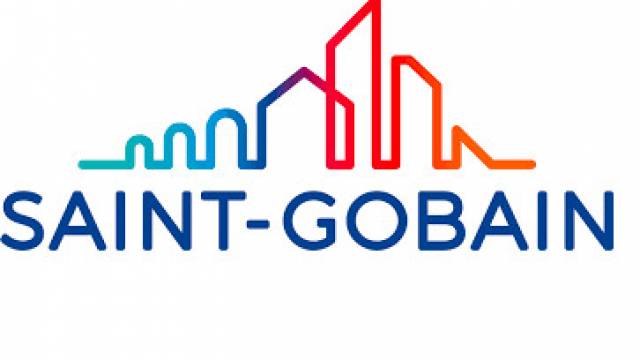Saint-Gobain Glass is coming up with transparent solutions in its research laboratory in Chennai.
As reported by The Hindu Business Line, these innovations in glass aren’t in the realm of labs but very much ready to roll as commercial applications if the end users want the tech. Developed at the French glass-maker’s lab, Saint-Gobain Research India, in Chennai, at the IIT-Madras Research Park, the lab is working on creating quick wins in the market by solving specific problems customers have. Or, in the case of the above examples, anticipating how the market can evolve, says B Santhanam, President and MD for South Asia, Saint-Gobain.
One of the challenges posed to it was by a software major to whom it had provided acres of glass. Its large canteens are extremely noisy with over 2,000 people eating at one go. “No one can hear anything, spending half-hour every day can be bad for hearing. The company asked if we can come up with a solution. We actually did a digital model of the canteen and we came up with acoustic solutions,” he says.
With baffles and sound absorbing materials located with precision, the noise was brought down from 85 decibels to 75, an order of magnitude reduction, a significant drop. “We are offering system solutions; we can model acoustics, light or heat entering into a building through glazing or concrete. That is expanding our portfolio, not just in products, but services as well, and that’s what architects and builders are looking for,” says Santhanam.
Of the seven major labs it has across the world, Saint-Gobain Research India’s work focusses on solutions for hot, humid and dusty conditions and can develop technology for other countries with similar weather profiles.
Of the seven major labs it has across the world, Saint-Gobain Research India’s work focusses on solutions for hot, humid and dusty conditions and can develop technology for other countries with similar weather profiles.
At its research lab, over 110 engineers and scientists, 34 of them with PhDs from top schools such as MIT, Cambridge, University of Tokyo and other universities in Europe, work innovatively to come up with solutions to consumer problems.
As Santhanam points out, it’s no more about just the product, in the company’s case, float glass for the construction and automotive sector, but also in providing innovative and practical solutions that marries the company’s historic strength in material science with digital insights.
A group within its lab, called application innovation, is tasked with solving practical problems consumers have. For example, user research found that pressure exerted by hand-held grinders in shaping steel varied. “What we did was using tactile sensors we ensured that force exerted by the hand is at a uniform rate of material removed. It’s insights like that you get only with marrying digital with user research. That’s the work we are trying to do,” explains Santhanam.
A group within its lab, called application innovation, is tasked with solving practical problems consumers have. For example, user research found that pressure exerted by hand-held grinders in shaping steel varied. “What we did was using tactile sensors we ensured that force exerted by the hand is at a uniform rate of material removed. It’s insights like that you get only with marrying digital with user research. That’s the work we are trying to do,” explains Santhanam.




